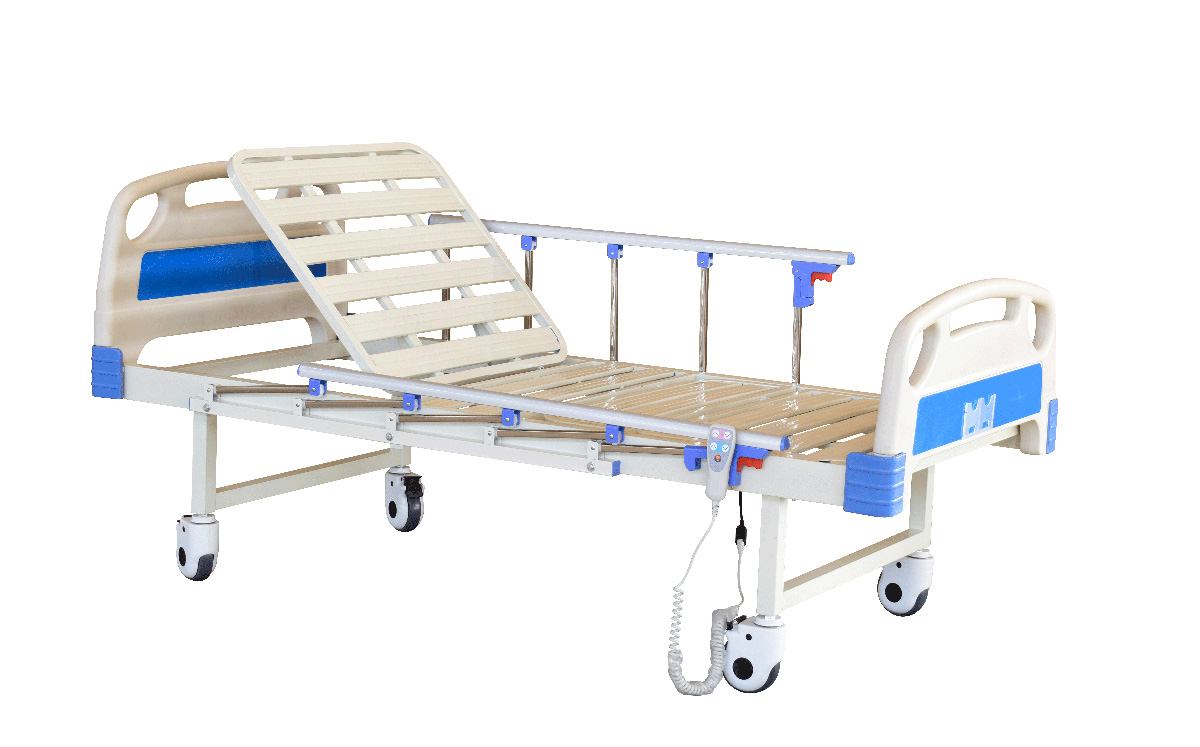Welcome to our websites!
Overbed Tables for Hospital Use A Guide to Comfort and Convenience
The Importance of Hospital Overbed Tables in Patient Care
Hospital overbed tables are essential pieces of equipment found in healthcare facilities around the world. They serve multiple purposes, enhancing the comfort and convenience of patients during their hospital stay. As hospitals continue to evolve towards patient-centered care, the role of these tables has become increasingly significant. In this article, we will explore the features, benefits, and considerations of hospital overbed tables, emphasizing their necessity in modern healthcare settings.
Features of Hospital Overbed Tables
Overbed tables are specifically designed to meet the unique needs of patients confined to their beds. Typically adjustable in height, they can be modified to accommodate different patient positions, whether sitting up, lying down, or somewhere in between. A common design includes a large, flat surface that can support items such as food trays, books, laptops, or medical equipment.
Most tables are equipped with a mechanism that allows them to swivel, slide, or incline, making it easy for patients to access their belongings without straining. The materials used in their construction are often durable and easy to clean, given that maintaining strict hygiene standards is paramount in healthcare. Many overbed tables feature locking wheels for easy maneuverability, allowing healthcare staff to reposition them as needed without disturbing the patient.
Benefits of Overbed Tables
1. Enhanced Comfort The primary benefit of hospital overbed tables is the comfort they provide to patients. With easy access to personal items, meals, and entertainment, patients can enjoy a sense of autonomy during their stay in the hospital. This autonomy is essential for mental well-being, fostering a more relaxed environment conducive to healing.
2. Improved Accessibility Overbed tables allow patients to have immediate access to essential items, such as phones or medications, which promotes self-sufficiency. For patients who may require assistance, these tables facilitate easier interaction with healthcare providers, as necessary items can be placed within reach, minimizing the need for constant assistance.
hospital overbed table

3. Support for Therapy and Rehabilitation For patients undergoing rehabilitation or physical therapy during their hospital stay, overbed tables can serve as additional support surfaces. They can be utilized for exercises, therapy equipment, or even as a workstation for educational materials that guide patients through their recovery process.
4. Encourages Social Interaction When patients can comfortably access their belongings, they are more likely to engage with visitors or staff. Having a surface to place refreshments, games, or electronic devices can transform a sterile hospital room into a more inviting space. This encourages social interaction, which is beneficial for a patient’s emotional and psychological health.
Considerations When Choosing Overbed Tables
When selecting hospital overbed tables, several factors should be taken into account
- Adjustability Tables should be easily adjustable to accommodate patients of various heights and positions. - Durability The materials must withstand the rigors of daily use and frequent cleaning. - Ease of Use Tables should be designed for seamless operation, whether it be height adjustments or moving the table for better accessibility. - Safety Features Locking wheels and stable bases are crucial to prevent accidents or falls.
Conclusion
In conclusion, hospital overbed tables are more than mere furniture; they are indispensable tools integral to patient recovery and satisfaction. They provide comfort, accessibility, and a degree of autonomy for patients during challenging times. As healthcare systems continue to prioritize patient-centered approaches, the role of overbed tables will undoubtedly grow. Hospitals should invest in high-quality overbed tables to ensure they meet the varying needs of patients, ultimately contributing to improved health outcomes and enhanced experiences during hospital stays. The thoughtful integration of these essential tables reflects a commitment to creating environments where patients can thrive and recover effectively.
-
Transforming Healthcare with Hospital FurnitureNewsJun.24,2025
-
Rehabilitation EquipmentNewsJun.24,2025
-
Mobility and Independence with WheelchairsNewsJun.24,2025
-
Freedom of Mobility with Our Rollator WalkersNewsJun.24,2025
-
Comfort and Independence with Commode ChairsNewsJun.24,2025
-
Bathing Safety and Independence with Shower ChairsNewsJun.24,2025
-
Navigating the Wholesale Landscape of Electric Mobility Solutions: Key Considerations for Power Wheelchair DealersNewsJun.10,2025











